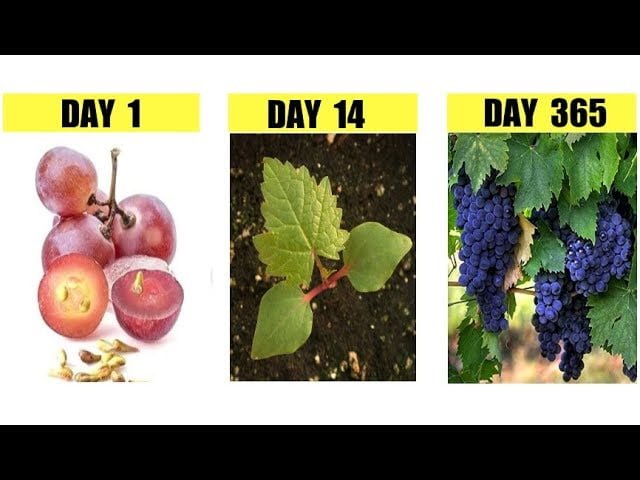Grapes are a beloved fruit known for their versatile use in winemaking, cooking, and eating raw. However, have you ever wondered how long it takes to grow grapes from seed? This article will explore the time it takes for grape seeds to grow into fully matured vines, taking into account various factors such as grape variety, climate, and cultivation practices. By understanding the journey from seed to vine, you will gain insights into the patience and dedication required to nurture these delightful fruits into existence.
Factors Affecting Grape Seed Germination
Grape seed germination is a crucial step in the cultivation of grapes. The successful germination of grape seeds is influenced by various factors, including seed viability, germination conditions, grape variety, and seed treatment. Understanding these factors is essential for achieving high germination rates and ensuring the healthy growth of grapevines.
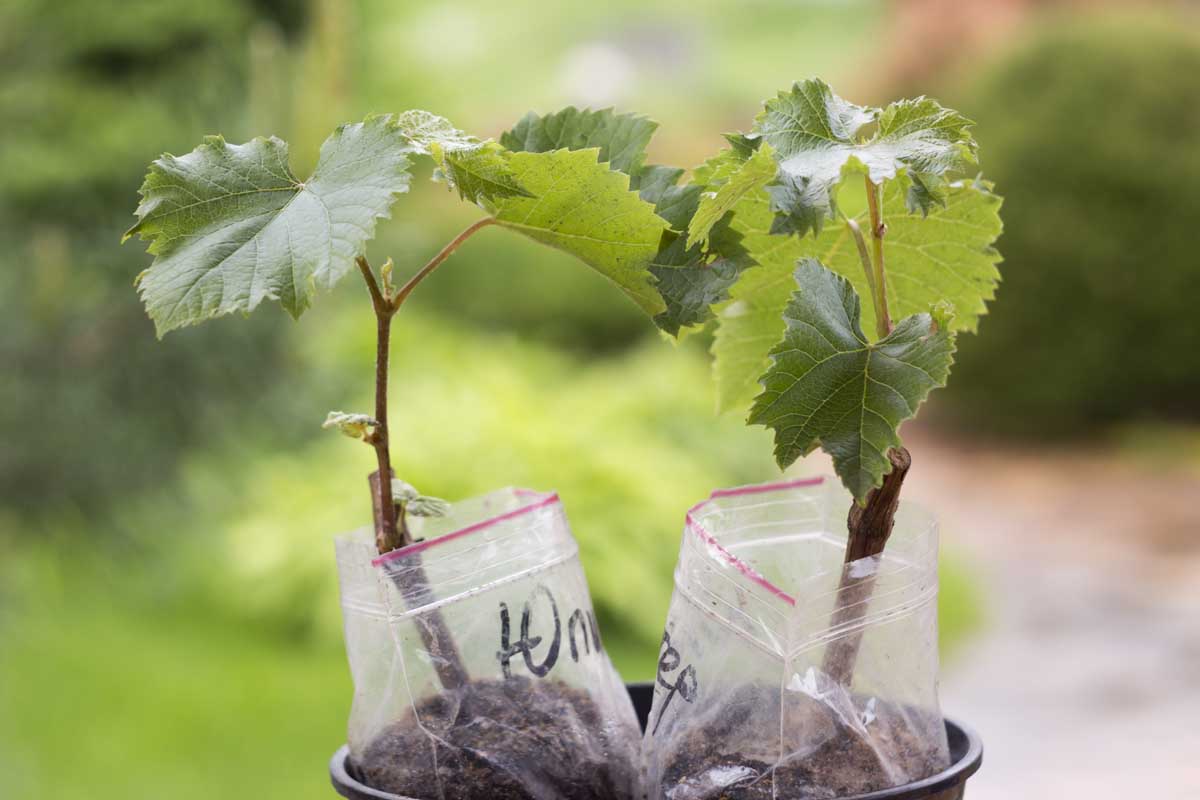
Seed Viability
Seed viability plays a critical role in grape seed germination. The viability of a seed refers to its ability to germinate and develop into a healthy seedling. Several factors contribute to the viability of grape seeds, including seed age and storage conditions.
Seed Age
The age of the seed significantly impacts its viability. Freshly harvested grape seeds have higher germination rates compared to older seeds. As seeds age, their ability to germinate decreases, leading to lower germination rates. It is crucial to use fresh grape seeds to maximize germination success.
Storage Conditions
The storage conditions of grape seeds also affect their viability. Proper storage is vital to maintain seed quality and viability. Seeds should be stored in a cool and dry location, protected from moisture, extreme temperatures, and pests. The recommended storage temperature for grape seeds is around 32-41°F (0-5°C).
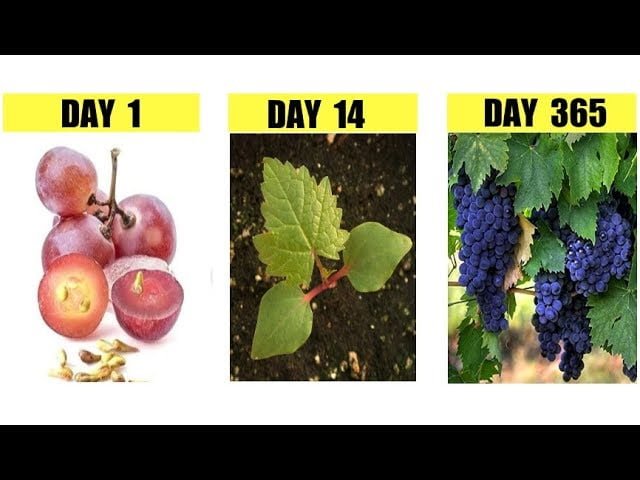
Germination Conditions
Creating the right germination conditions is crucial for successful grape seed germination. The main factors influencing germination conditions are temperature, moisture, and light.
Temperature
Temperature plays a significant role in grape seed germination. Optimal germination temperatures for most grape varieties range from 68-86°F (20-30°C). Higher temperatures can speed up germination, but excessive heat can be detrimental. Cooler temperatures can delay germination or inhibit it altogether. Maintaining a consistent and appropriate temperature is key for successful germination.
Moisture
Proper moisture levels are essential for grape seed germination. Seeds need sufficient moisture to begin the germination process. However, excessive moisture can lead to rot and fungal growth, which can be detrimental to seed viability. It is crucial to provide adequate moisture without oversaturating the soil. Regularly monitoring and adjusting moisture levels are necessary for optimal germination.
Light
Light requirements during germination vary among grape varieties. Some grape seeds require light for germination, while others prefer darkness. Understanding the specific light requirements of the chosen grape variety is essential for providing the appropriate germination conditions.
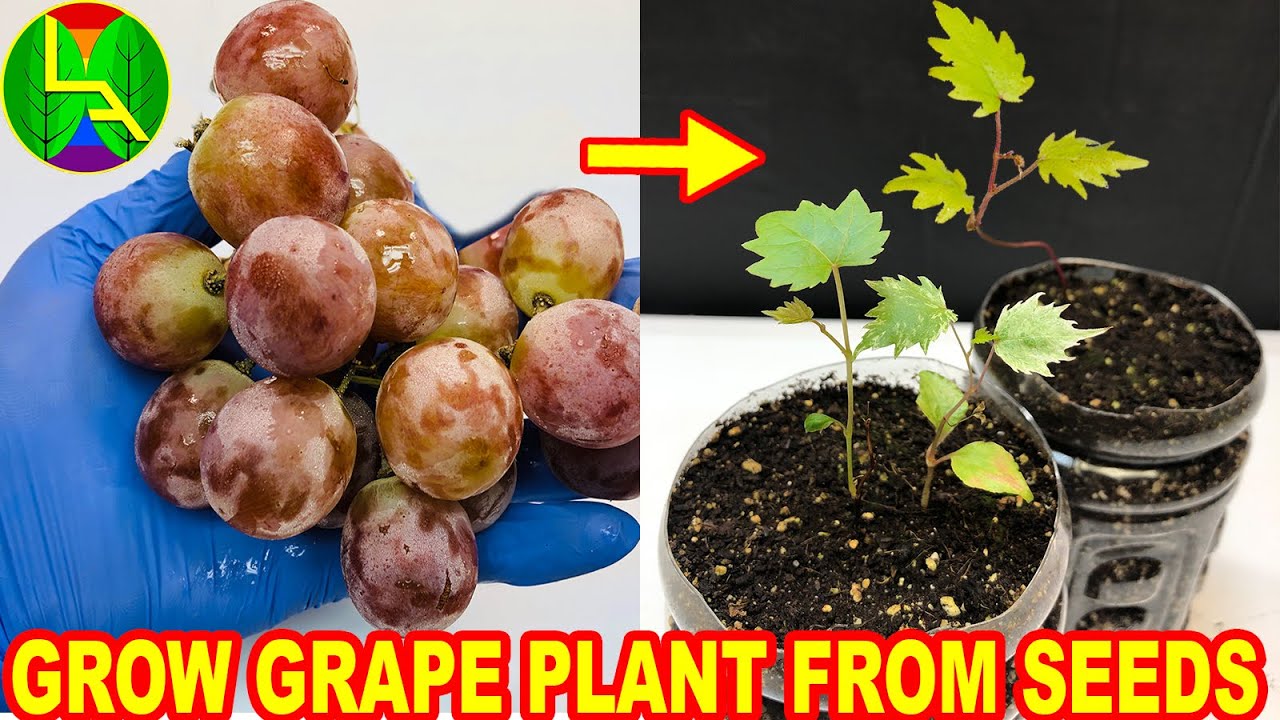
Grape Variety
The grape variety chosen for cultivation also influences seed germination. Grape varieties can be classified into determinate and indeterminate types, based on their growth habits.
Determinate vs. Indeterminate Varieties
Determinate grape varieties grow to a predetermined size, generally smaller in stature. These varieties tend to have shorter germination periods and reach maturity faster compared to indeterminate varieties. Indeterminate varieties continue growing until external factors, such as seasonal changes, limit their growth. They generally have longer germination periods and require more time to reach maturity. Understanding the growth habits of the chosen grape variety is crucial for planning and managing the germination and growth stages effectively.
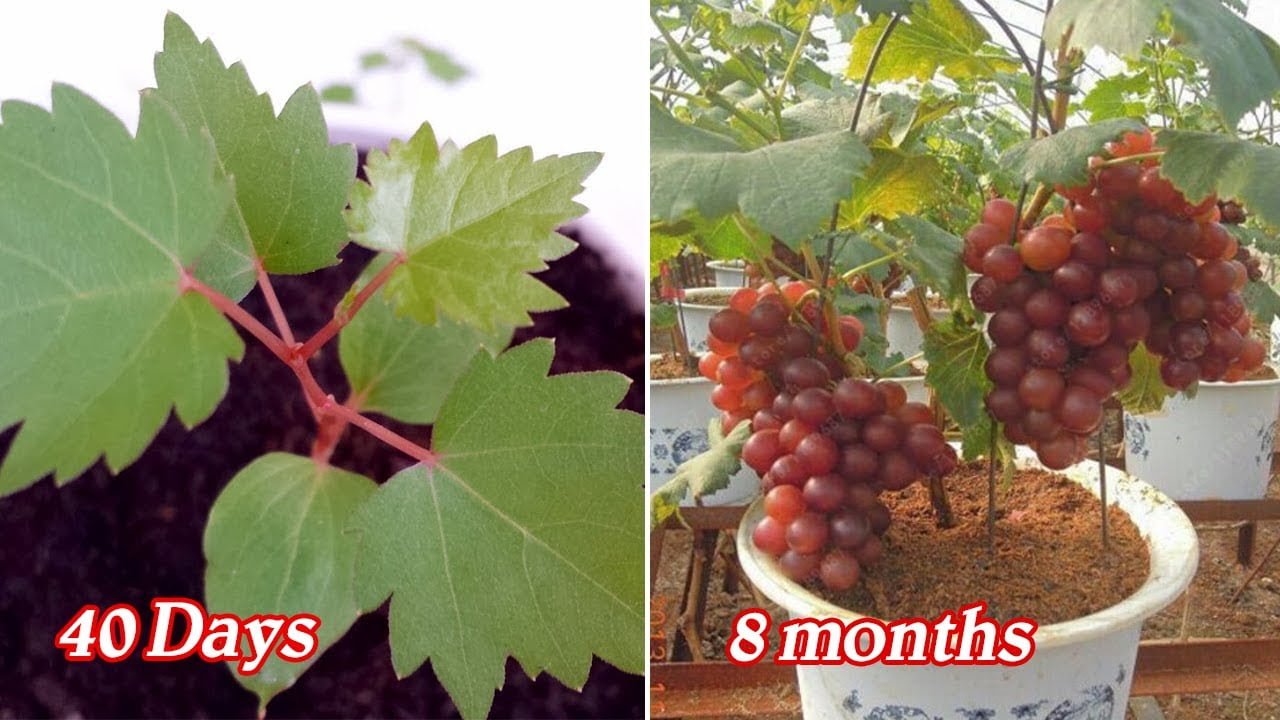
Seed Treatment
Seed treatment involves various techniques to enhance germination success. Two common seed treatment methods for grape seeds are scarification and stratification.
Scarification
Scarification is the process of breaking or softening the hard outer seed coat to facilitate germination. This can be achieved through mechanical scarification, where the seed coat is scratched or filed, or chemical scarification, involving the use of acid or other agents to weaken the seed coat. Scarification can improve the germination rates of grape seeds with tough seed coats.
Stratification
Stratification involves subjecting the seeds to a period of cold treatment, mimicking the natural winter conditions they would experience in the ground. This process helps overcome dormancy and stimulates germination. Grape seeds typically require stratification for a certain period, depending on the specific variety. This treatment can significantly improve germination rates and shorten the germination period.

Germination Period
The germination period refers to the timeline from seed planting to the establishment of the young grapevine. The germination period can be divided into several stages, each with its specific milestones and growth characteristics.
Week 1: Germination
During the first week after planting, grape seeds begin to germinate. The key milestone during this period is the appearance of the radicle, the first part of the seedling to emerge. The radicle is the primary root that anchors the young plant and provides nutrient uptake from the soil.
Weeks 1-4: Seedling Development
Between weeks 1 and 4, the seedlings undergo significant development. Primary roots begin to form, searching for water and nutrients in the soil. Cotyledon leaves emerge, representing the first above-ground growth of the seedling. These initial leaves provide the young plant with energy through photosynthesis.
Months 2-6: Establishment
In the following months, the grapevine transitions from a seedling to an established plant. During this period, true leaves develop, replacing the cotyledon leaves. The root and shoot systems grow rapidly, establishing a strong foundation for future growth.
Months 6-12: Young Grapevine Growth
From months 6 to 12, the young grapevine undergoes significant growth and development above and below ground. Trellis training is typically initiated during this phase, guiding the vine’s growth and providing support. Canopy development occurs as the leaves expand and provide shade for the fruit clusters. Vine pruning is practiced to shape the vine and promote optimal fruit production. The root system also continues to develop, ensuring nutrient uptake and stability.
In conclusion, several factors affect grape seed germination, including seed viability, germination conditions, grape variety, and seed treatment. By understanding and optimizing these factors, grape growers can enhance germination success and nurture the growth of healthy grapevines. Patience and attention to detail throughout the germination period are necessary to achieve a successful crop of grapes.
